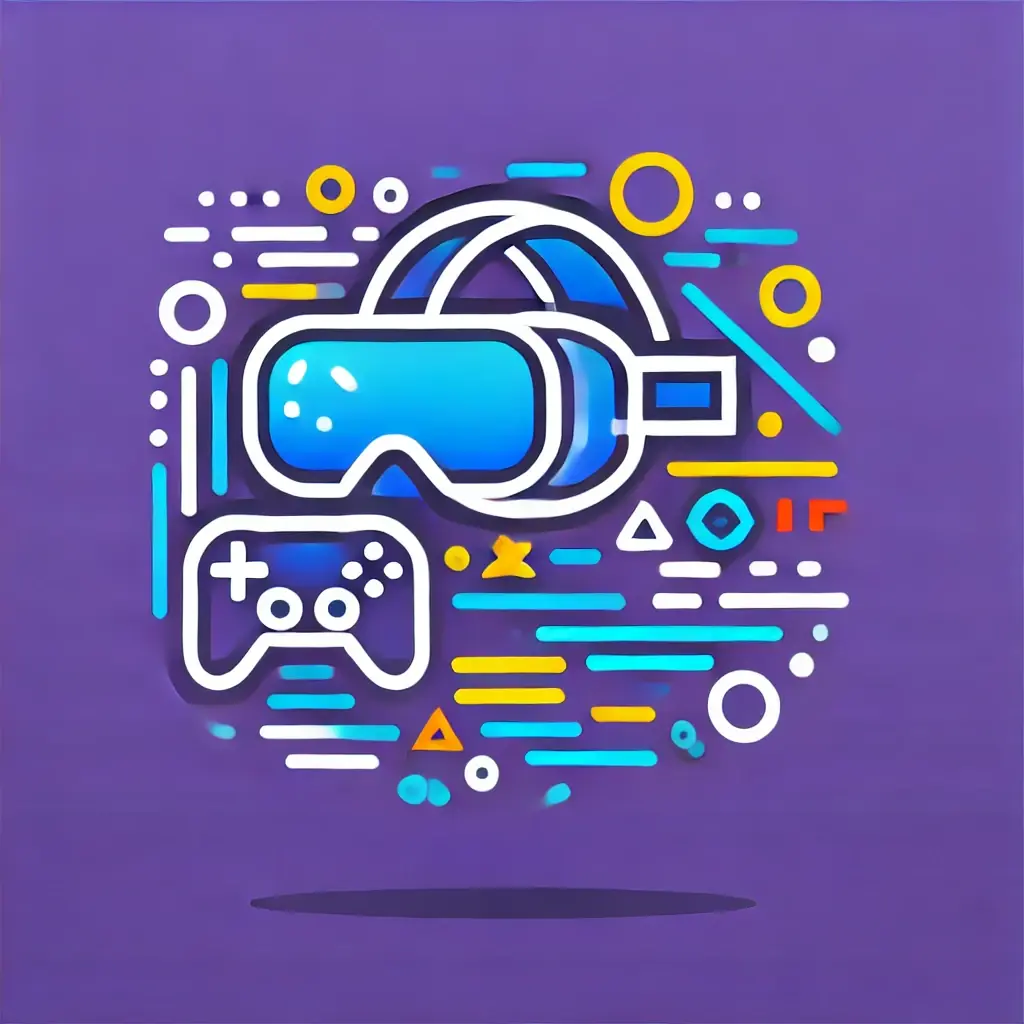Augmented Reality (AR) is reshaping the gaming landscape by merging digital elements with the physical world, creating more immersive and interactive experiences for players. This integration is facilitated by advanced technologies such as Artificial Intelligence (AI), AR headsets, and gaming apps, which enhance gameplay in various ways.
Enhancing Immersion and Interaction
AR technology allows players to interact with digital objects as if they were part of their real-world environment. For instance, AR headsets like Microsoft HoloLens and gaming apps like Pokémon GO overlay game elements onto physical spaces, enabling players to engage with their surroundings in novel ways. This creates a layered reality where players can solve puzzles or engage in battles that adapt to their immediate environment, significantly increasing immersion and engagement[1][5].
Innovative Gameplay Mechanics
The incorporation of AI into AR gaming opens up new gameplay mechanics that were previously unimaginable. AI can analyze a player’s environment and adapt the game accordingly, providing a unique experience tailored to each player’s location. This dynamic interaction encourages creativity in game design, allowing developers to craft experiences that seamlessly blend the virtual and the real[2][4].
Physical Engagement and Social Interaction
AR games often require players to move around, promoting physical activity. This aspect not only makes gaming more engaging but also contributes to players’ health and wellness. Furthermore, many AR games are designed with social interaction in mind, allowing players to collaborate or compete with others in real-world settings. This fosters community and enhances the social benefits of gaming, transforming solitary play into shared experiences[3][5].
Educational Opportunities
AR gaming also presents significant educational benefits. By overlaying information in real-world contexts, AR games can teach players about history, science, and other subjects in an engaging manner. This interactive format makes learning enjoyable and accessible, appealing to a broader audience[5].
Challenges of AR Integration
Despite its potential, integrating AR into gaming is not without challenges. High development costs and hardware limitations can restrict access for both developers and players. Additionally, privacy concerns related to location tracking and camera usage pose significant risks that developers must address. Ensuring user safety while engaging in AR experiences is also crucial, as players may become engrossed in the game and neglect their surroundings[2][4][5].
In conclusion, AR-enhanced gaming experiences represent a significant leap forward in how games are played and experienced. By leveraging AI and innovative hardware, AR is set to redefine the gaming landscape, offering immersive, interactive, and educational opportunities while also presenting challenges that must be navigated for its full potential to be realized.
Further Reading
1. How augmented reality enhances gaming experiences – Internet Things
2. Gaming Revolution: The Effects of AR & VR – Search My Expert Blog
3. How augmented reality enhances gaming experiences – User Experience
4. How VR and AR Have Changed Gaming?
5. McAfee & Privacy Protection


